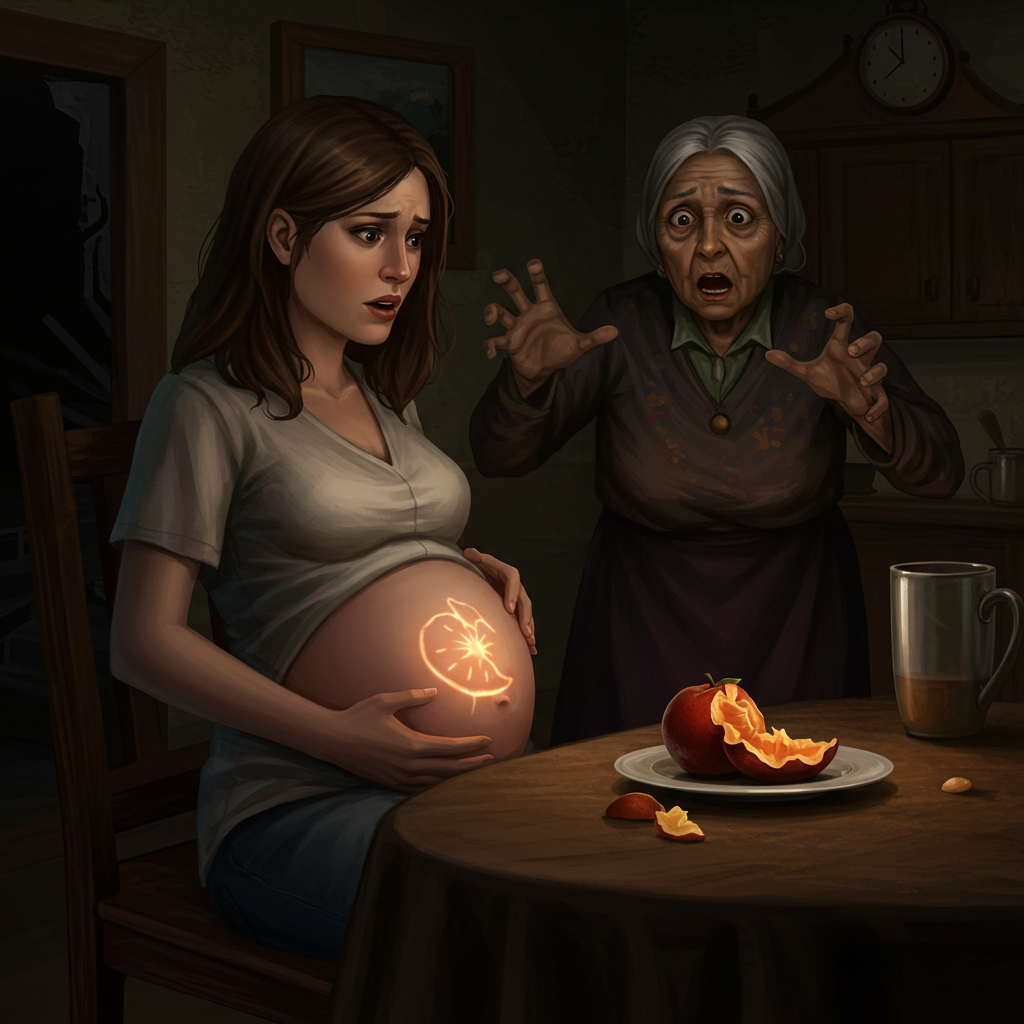According to traditional maternal folklore, if a pregnant woman craves a specific food and does not consume it, her baby will develop a birthmark resembling the shape of the denied item. This superstition often includes additional details:
- The more intense the craving, the larger or more vivid the birthmark.
- The body part touched during the craving determines the birthmark’s location.
- Some traditions specify that the timing of the craving (early or late pregnancy) influences how noticeable or permanent the mark will be.
These beliefs extend to a wide range of foods, but particularly common examples include strawberries, chocolate, pickles, or meat. The birthmarks are often described as matching the color, texture, or outline of the craved food.
This superstition reflects the “maternal impression” theory, a once-dominant pre-modern belief that a pregnant woman’s thoughts, emotions, or physical sensations could directly influence the fetus’s development. In this framework, birthmarks are interpreted not as vascular or pigment-related phenomena, but as visible expressions of maternal longing or denial.



